Historical events that your ancestors likely lived through
Exploring history is like opening a time capsule, transporting us back to moments that shaped our ancestors’ lives. From monumental triumphs to profound struggles, the past offers a tapestry of experiences that have crafted the world we know today. Whether it’s the jazz-filled nights of the Roaring Twenties or the digital revolution of the 21st century, each era provides a unique lens through which we can understand the stories that define us. Let’s embark on this journey together, delving into the pivotal moments that have not only marked history but also woven the fabric of our collective heritage.
The Roaring Twenties: Jazz, Flappers, and Social Change
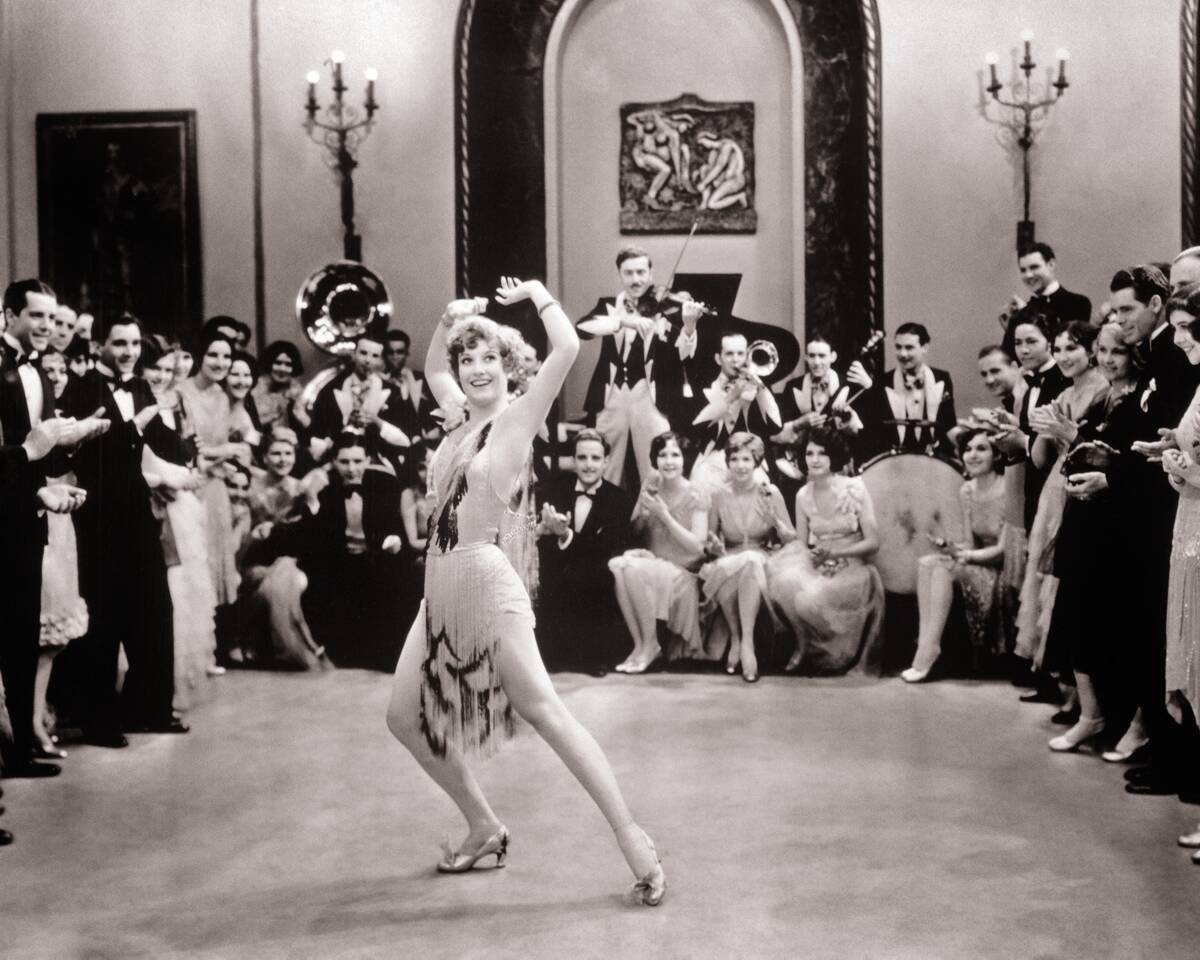
The 1920s were a decade of dramatic social and political change. Known as the Roaring Twenties, this era was marked by a booming economy, the rise of jazz music, and the emergence of flappers. Flappers were young women known for their energetic freedom, embracing a lifestyle viewed by many at the time as outrageous. Jazz, with its improvisational style, became a symbol of the era’s break from tradition. The Harlem Renaissance, a cultural movement, also flourished during this time, showcasing the talents of African American artists and writers.
The Great Depression: Surviving Economic Turmoil

The Great Depression of the 1930s was a severe worldwide economic downturn. It began with the stock market crash of 1929, leading to widespread unemployment and poverty. Families struggled to make ends meet, often relying on soup kitchens for meals. The New Deal, introduced by President Franklin D. Roosevelt, aimed to provide relief and recovery through various public work projects. Despite the hardships, this challenging period also fostered a spirit of innovation and resilience, with many people finding creative ways to support their communities.
World War II: A Global Conflict that Reshaped the World
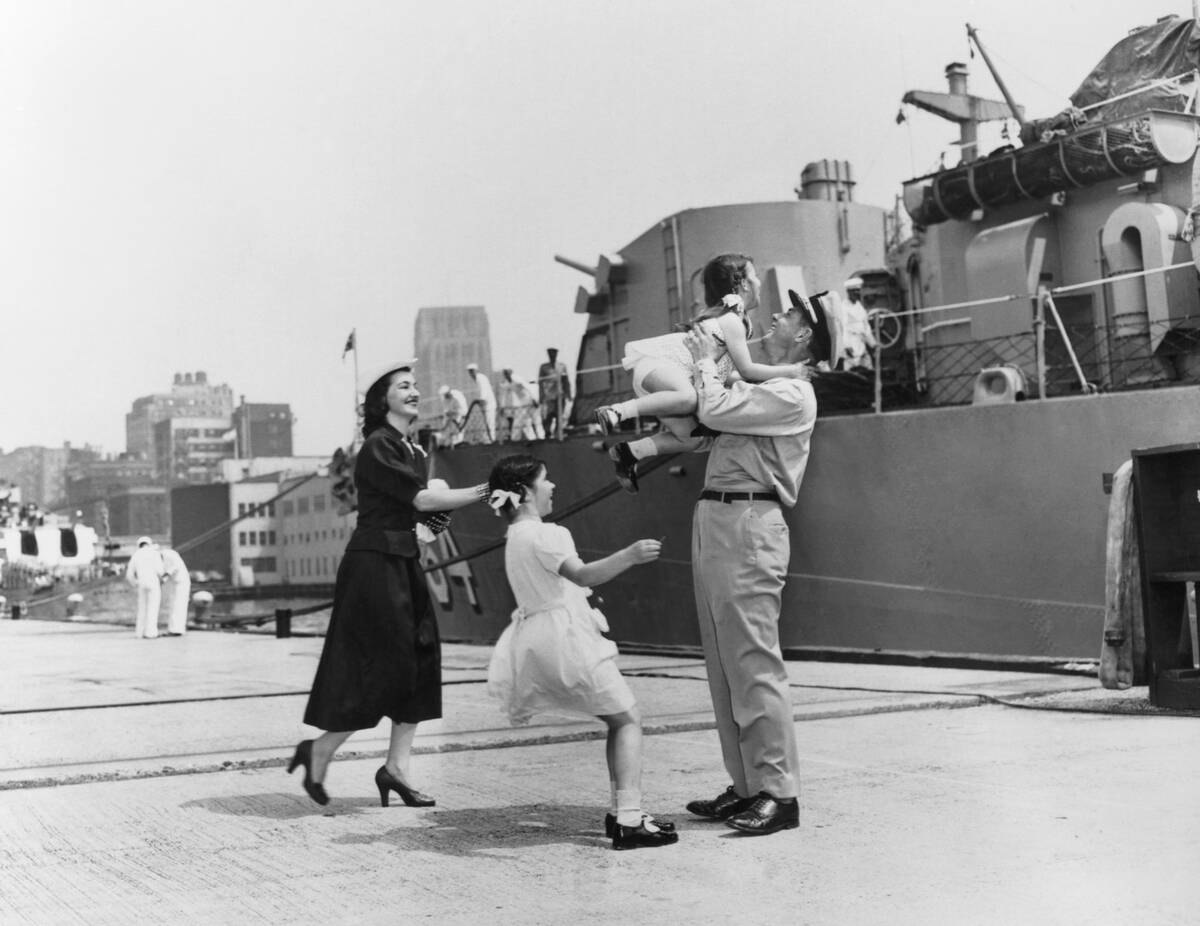
World War II, spanning from 1939 to 1945, was one of the most significant conflicts in history, involving over 30 countries. The war was marked by significant events such as the attack of Pearl Harbor, which led to the United States entering the war. The Holocaust, a tragic genocide, resulted in the deaths of six million Jews. The war concluded with the Allied victory and the subsequent establishment of the United Nations, aimed at preventing future conflicts. This period also saw significant technological advancements, including the development of radar and the first computers.
The Civil Rights Movement: Fighting for Equality and Justice
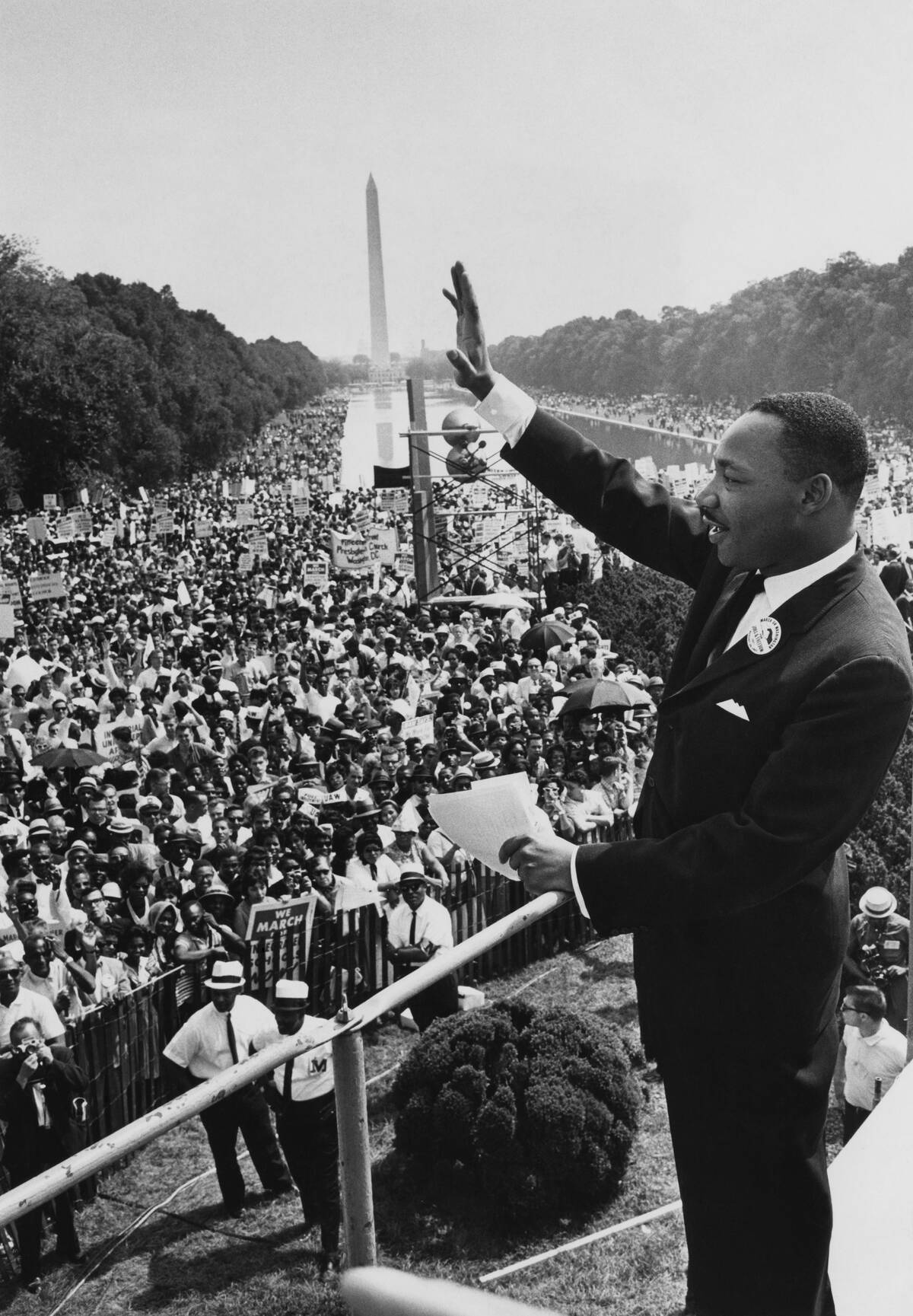
The Civil Rights Movement in the United States was a pivotal period during the 1950s and 1960s, aiming to end racial segregation and discrimination against African Americans. Key figures such as Martin Luther King Jr. led peaceful protests, including the famous March on Washington in 1963. The Civil Rights Act of 1964 was a landmark achievement, prohibiting discrimination based on race, color, religion, sex, or national origin. The Voting Rights Act of 1965 further ensured African Americans’ right to vote, marking crucial steps towards equality and justice.
The Moon Landing: Witnessing a Giant Leap for Mankind
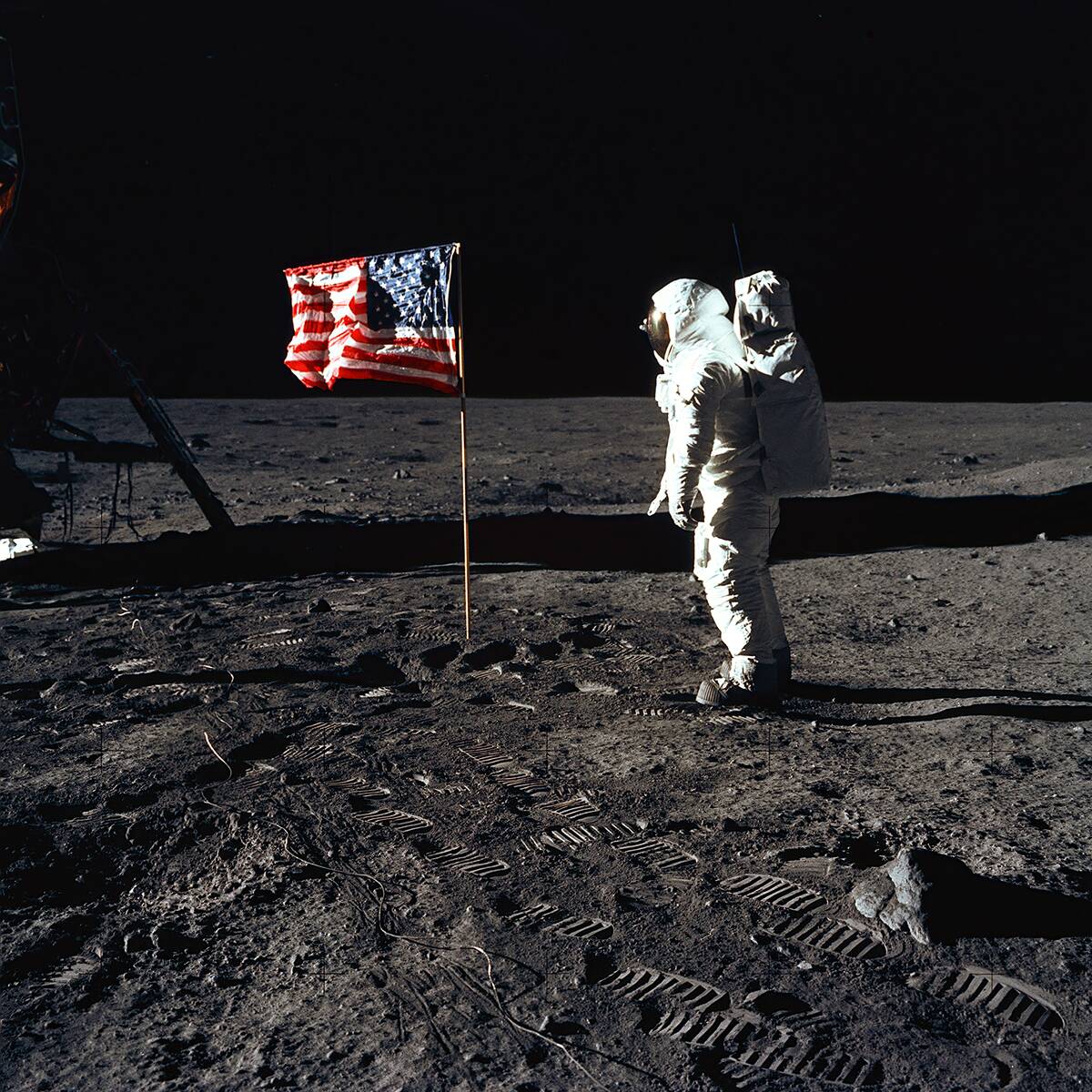
On July 20, 1969, the world watched as Apollo 11 astronauts Neil Armstrong and Buzz Aldrin became the first humans to walk on the moon. Armstrong’s words, “That’s one small step for man, one giant leap for mankind,” echoed the monumental achievement of the space race. This event showcased human ingenuity and the potential for exploration beyond our planet. The moon landing not only marked a victory for the United States in the Cold War space race but also inspired generations to dream big and reach for the stars.
The Cold War: Living Under the Shadow of Nuclear Tension
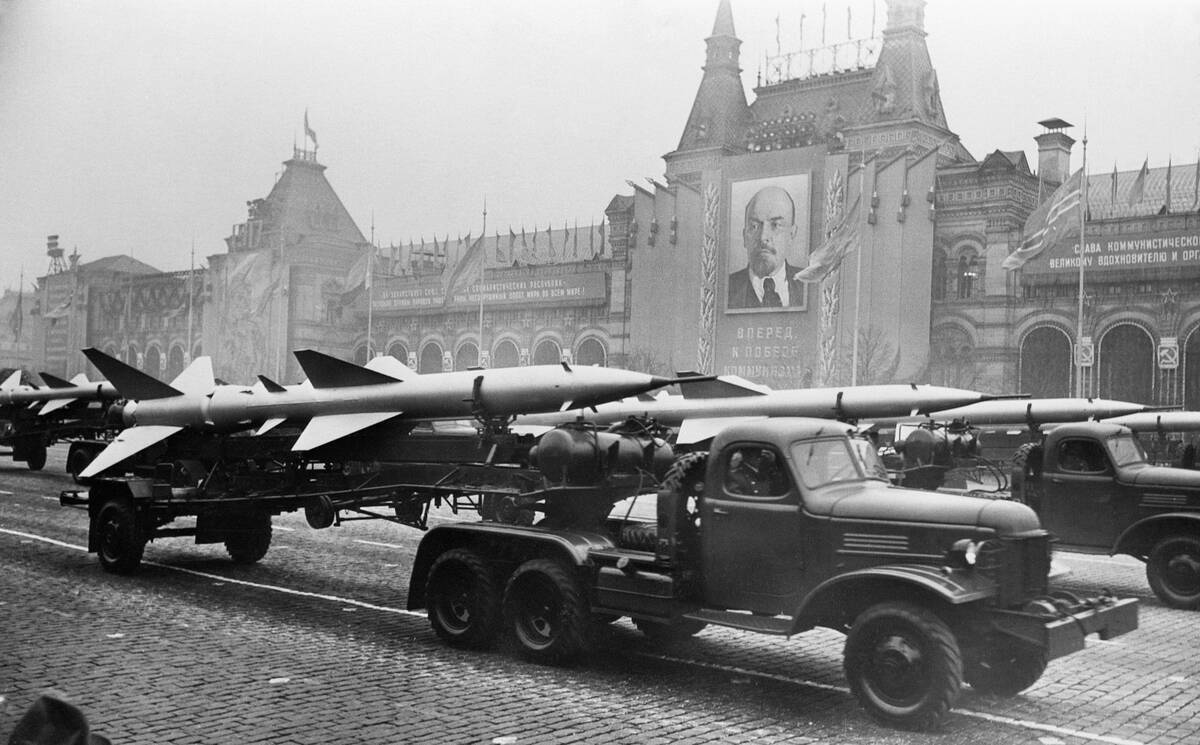
The Cold War was a period of geopolitical tension between the Soviet Union and the United States, lasting from the end of World War II until the early 1990s. This era was characterized by the threat of nuclear warfare, espionage, and the race for technological supremacy. The Cuban Missile Crisis in 1962 brought the world to the brink of nuclear conflict. Despite the tensions, this period also saw significant scientific advancements, including the space race, which culminated in the United States landing on the moon in 1969.
The Rise of the Internet: From Dial-Up to Wi-Fi

The internet revolutionized the way we connect and access information. In the early 1990s, the introduction of the World Wide Web transformed the internet from a niche tool into a global phenomenon. Initially, dial-up connections were the norm, with users enduring the screech of modems to get online. As technology advanced, broadband and Wi-Fi became standard, allowing for faster and more accessible internet. This digital transformation paved the way for innovations such as social media, e-commerce, and streaming services, forever changing our daily lives.
The Fall of the Berlin Wall: A Symbol of Freedom and Unity
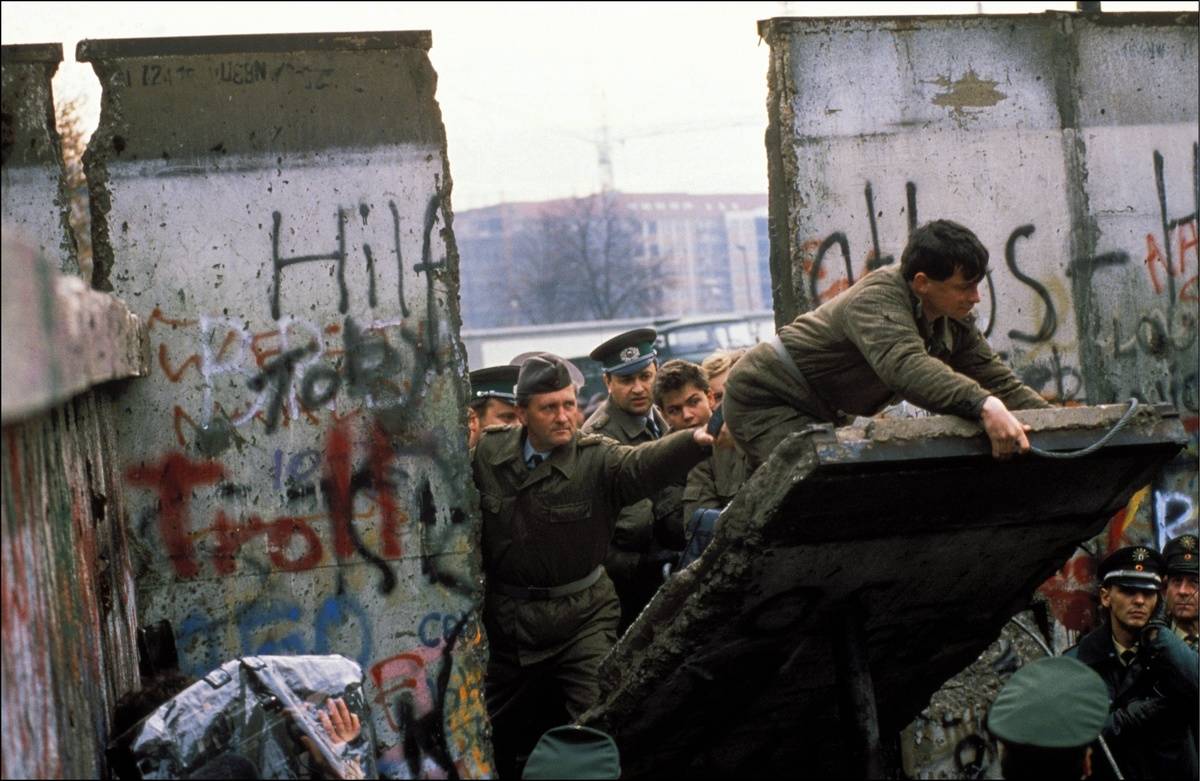
On November 9, 1989, the Berlin Wall, a powerful symbol of the Cold War, fell, marking the end of decades of division in Germany. Erected in 1961, the wall separated East and West Berlin, representing the ideological divide between communism and democracy. The fall of the wall was a moment of jubilation, as families separated for years were finally reunited. This event signaled the collapse of communist regimes across Eastern Europe and paved the way for German reunification, a significant step towards a more unified Europe.
The Women’s Liberation Movement: Breaking Barriers and Shattering Ceilings
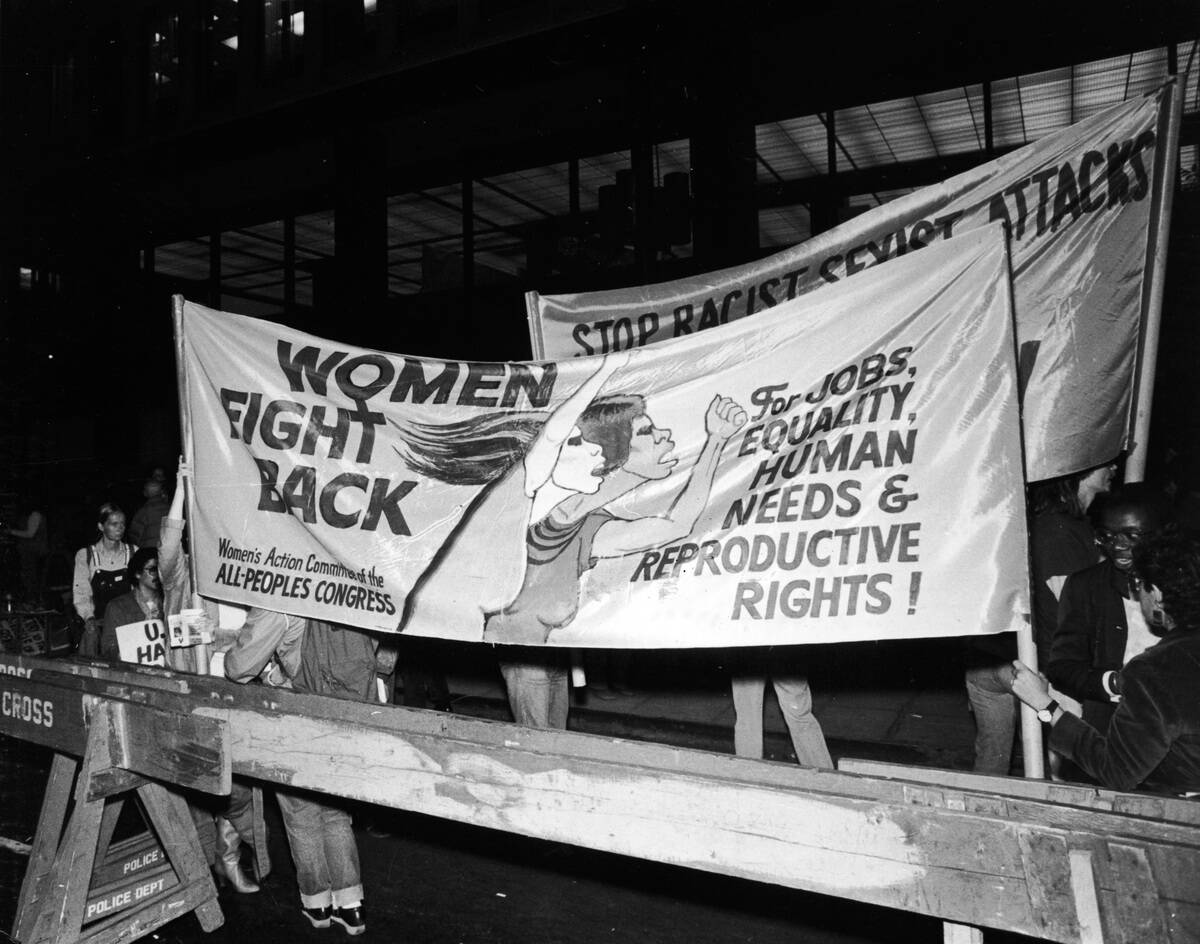
The Women’s Liberation Movement of the 1960s and 1970s aimed to achieve gender equality and challenge traditional roles for women. The movement fought for issues such as equal pay, reproductive rights, and an end to domestic violence. Landmark legislation like Title IX, passed in 1972, prohibited gender discrimination in federally funded education programs. Activists organized protests and consciousness-raising groups, bringing widespread attention to gender inequalities and inspiring future generations to continue advocating for women’s rights.
The Swinging Sixties: Peace, Love, and Cultural Revolution

The 1960s were a time of cultural upheaval and social change, often referred to as the “Swinging Sixties.” This era was characterized by the rise of counterculture movements advocating for peace, love, and personal freedom. The music of the Beatles and the Rolling Stones became the soundtrack of a generation seeking change. The Summer of Love in 1967 epitomized the era’s spirit, with thousands flocking to San Francisco to embrace a lifestyle of harmony and artistic expression. Meanwhile, the civil rights movement and anti-Vietnam war protests highlighted the decade’s activism.
The Vietnam War: A Controversial Conflict with Lasting Impact

The Vietnam War, lasting from 1955 to 1975, was a contentious and polarizing conflict. The war pitted communist North Vietnam against South Vietnam and its principal ally, the United States. Massive protests erupted across the U.S., with citizens questioning America’s involvement. The war’s televised brutality brought the realities of conflict into living rooms, fueling public dissent. The fall of Saigon in 1975 marked the end of the war, resulting in a unified Vietnam under communist rule. The conflict left a profound impact on veterans and reshaped U.S. foreign policy.
The Technological Revolution: From the First Computers to Smartphones

The technological revolution transformed how we live, work, and communicate. The invention of the first computers in the mid-20th century laid the groundwork for the digital age. Personal computers became household staples in the 1980s, revolutionizing access to information and productivity. The rise of the internet in the 1990s further accelerated technological advancements. The advent of smartphones in the 21st century put a world of information in our pockets, enabling instant communication and access to a myriad of applications that cater to every aspect of modern life.
The 9/11 Attacks: A Day that Changed the World Forever

On September 11, 2001, a series of coordinated terrorist attacks by the extremist group al-Qaeda targeted the United States. Four passenger planes were hijacked, with two crashing into the World Trade Center towers in New York City, one hitting the Pentagon, and another crashing into a field in Pennsylvania. The attacks resulted in nearly 3,000 deaths and led to significant changes in U.S. domestic and foreign policy. The event prompted the War on Terror, including the invasions of Afghanistan and Iraq, and reshaped global security measures.
The Global Financial Crisis of 2008: Navigating Economic Uncertainty
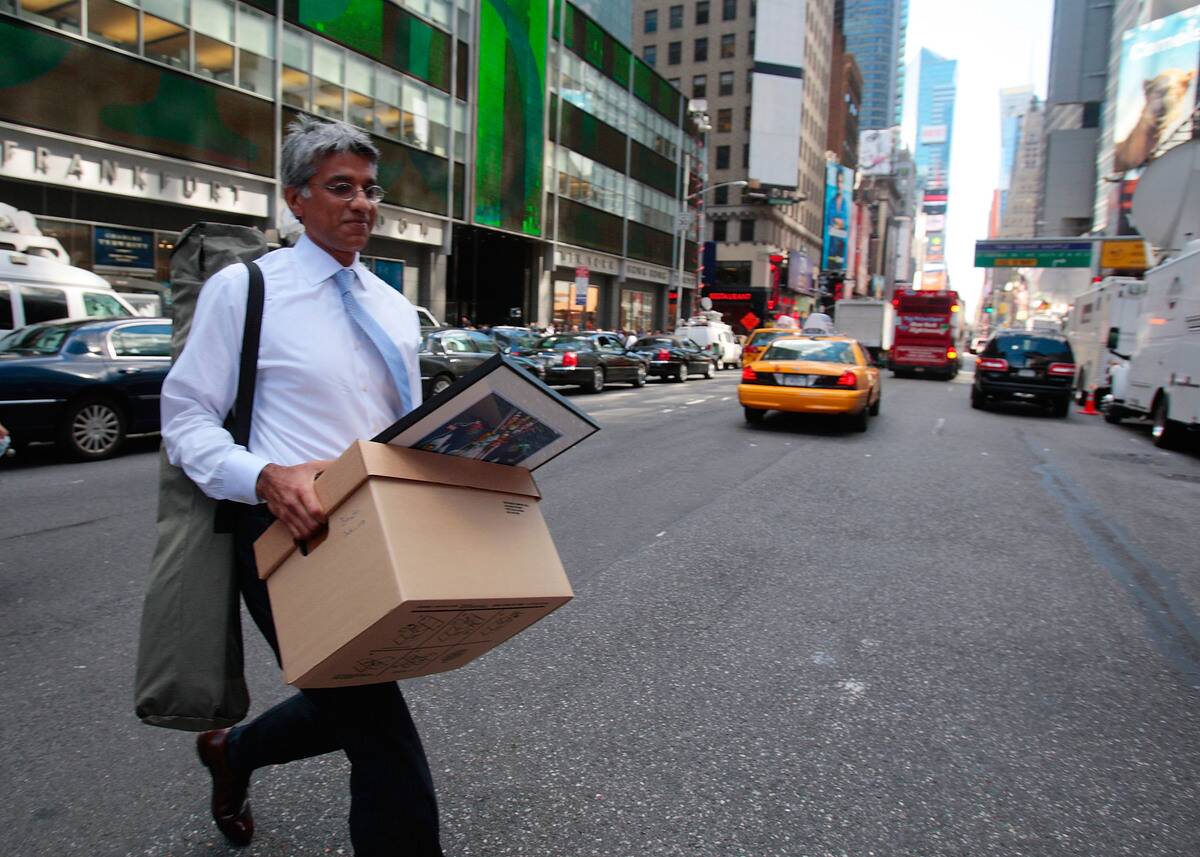
The 2008 global financial crisis was the most severe economic downturn since the Great Depression. It was triggered by the collapse of the housing market in the United States, leading to a worldwide banking crisis. Major financial institutions faced bankruptcy, prompting government bailouts and stimulus packages. The crisis resulted in widespread unemployment and foreclosures, affecting millions of families. It also led to reforms in financial regulation, such as the Dodd-Frank Act, aimed at preventing future economic collapses and ensuring stability in the global financial system.
The COVID-19 Pandemic: Living Through a Global Health Crisis

The COVID-19 pandemic, caused by the novel coronavirus SARS-CoV-2, emerged in late 2019 and rapidly spread worldwide. The pandemic led to unprecedented global lockdowns, overwhelming healthcare systems, and significant loss of life. Vaccines were developed in record time, offering hope in the fight against the virus. The pandemic reshaped daily life, with remote work and virtual communication becoming the norm. It also highlighted the importance of public health preparedness and cooperation, as nations around the world grappled with the challenges of a global health crisis.



